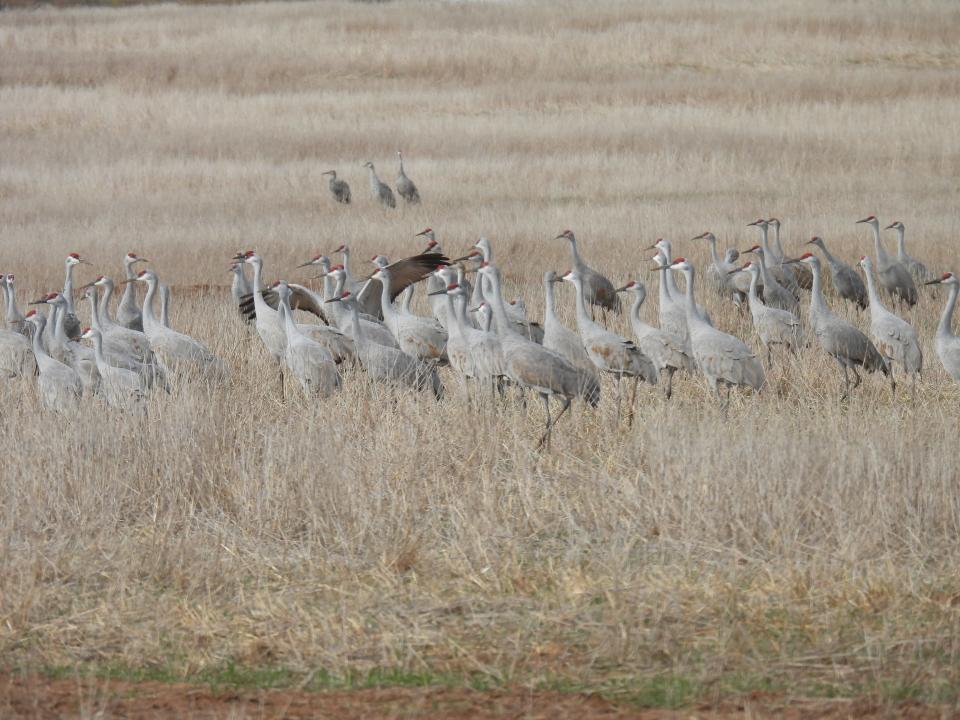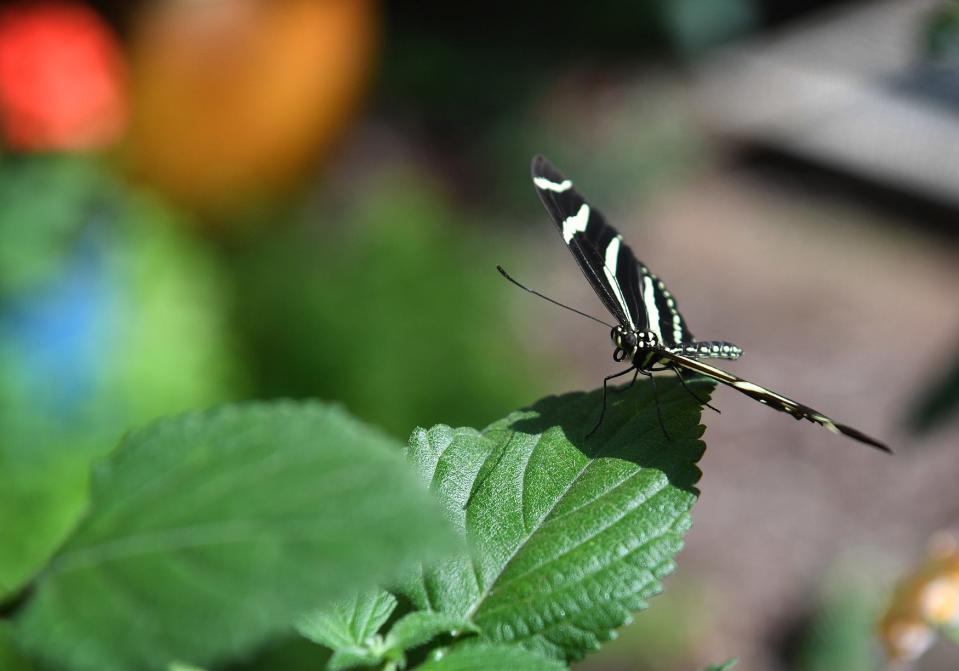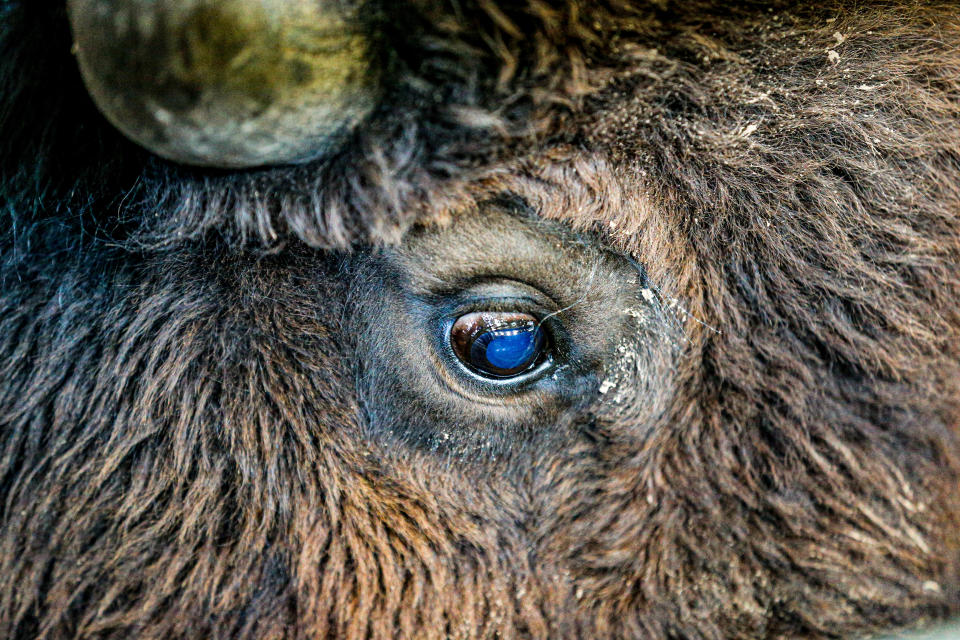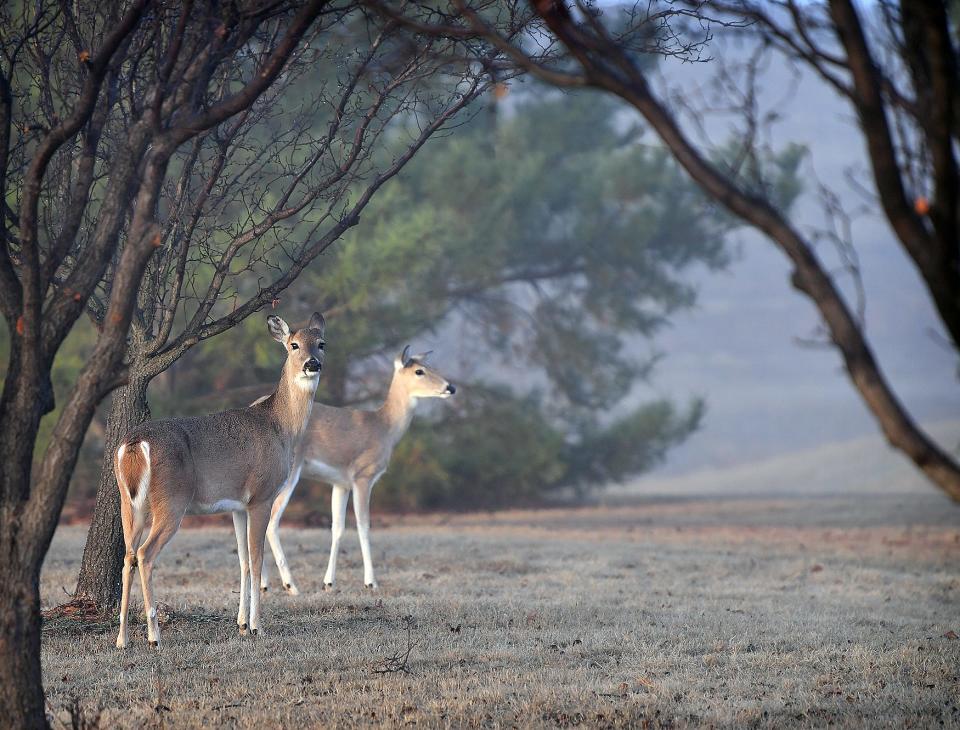Animals With symbolic meanings
We live in a time and culture dominated by technology and innovation and many of us have become a bit disconnected from the natural world. Recent advances give people a feeling of independence from nature; however, at least in our area, we need only experience the seasonal (and sometimes extreme) shifts in our weather and environments to realize that we aren’t really very separated from nature.

The natural world has contributed to the origin and development of beliefs, thoughts, and cultures, throughout human history. Representations of animals and animal-like beings have been used as motifs and symbols to evoke emotions and thoughts since prehistoric times. For example, some of the earliest known art examples are pictographs and petroglyphs found painted and etched, respectively, on the sides of mesas and canyon walls, within caves, on boulders and rocks associated with mountains, and in other areas. Among the oldest known examples of this type of art were images discovered in the region of present day Iran dating back approximately 40,000 years. However, prehistoric pictographs and petroglyphs, some at least 4,000 years old, were created by Native American cultures closer to our regions of Texas and Oklahoma. Seminole Canyon and Paint Rock, Texas, are well-known for their numerous paintings and rock etchings of humans, animals, anthropomorphic figures, geometric symbols and shapes. Petroglyphs and pictographs are also found in various locations within Oklahoma’s Wichita Mountains. It is difficult to be certain of the meaning and purpose that much of this art work had for its creators; but, it is reasonable to assume that the artwork had a great deal of significance.

That specific meanings were ascribed to various animals and animal-like figures is also illustrated by the development of written languages. Perhaps the most well-known examples of the use of animal, plant, and anthropomorphic figures/symbols in languages are Proto-cuneiform writing and Egyptian hieroglyphics. In addition to their symbology and meaning in languages, many animals have long been associated with various positive or negative traits and/or attributes, depending upon the human cultures familiar with the specific animals. The association of traits, emotions, and spiritual attributes with different animals seems to have a worldwide/cross-cultural basis; although the same type of animal may have a different symbology to different cultural groups. With this in mind, let’s discuss the symbolism of some different kinds/groups of animals.
Bugs, insects and other creepy crawlies
We will begin by examining the symbolism associated with a few invertebrate animals. Ants are often associated with hard work, cooperation, and the ability to perform extraordinary tasks; whereas, in some cultures, grasshoppers (especially swarming locusts) are symbols of greed, destruction, and pestilence. However, other people associate grasshoppers and crickets with good luck, prosperity, and good fortune. Perhaps because of their complete metamorphosis and developmental patterns, butterflies and beetles (particularly scarab beetles) have long been symbols of transformation, rebirth, and change. Butterflies and scarab beetles also represent transcendence from an earthly to a spiritual existence. Ancient Egyptians ascribed protective abilities to scarab beetles and associated dung beetles with the sun and its daily journey across the sky. In some cultures, scorpions represent positive attributes such as power and guardianship; whereas other societies envision scorpions as warnings to purge oneself of poisonous or negative thoughts and habits.

Fish symbolize traits and attributes such as fertility, nurturing, and luck. In some ancient cultures a fish-like being was worshiped as a creator god called Dagon (= grain) and the fish was also an early symbol of Christianity. In some Asian cultures, fish are symbols of wealth, peace, and tranquility. For many, sharks represent traits such as power, strength, and perseverance; whereas others associate sharks with feelings of fear, threat, and vulnerability. On the other hand, many fishermen believe that the largest fish (the Whale Shark) is a sign of good luck.

Amphibians and reptiles have been symbolized for centuries as agents of both good and evil. Frogs have opposing symbolisms. Some cultures perceive frogs as symbols of potential, prosperity, fertility, purity and good luck; whereas other cultures view frogs as impure, unclean, and signs of pestilence. Likewise, snakes have been represented as symbols of danger, evil, cunning, and temptation but also as signs of immortality, creation, knowledge, transformation (perhaps because of their habit of shedding their skin), and healing. Many Native American cultures associated alligators with strength, protection, patience (perhaps because of their sit-and-wait hunting methods), and widom and also associated lizards with the sun, regeneration and healing, and signs that a change was coming into someone’s life.

Symbolism associated with birds and mammals is extensive and nearly universal. In general, birds have come to symbolize freedom, purity, love, strength, bravery, wisdom, death, rebirth, and transcendence. A few well-known examples are doves (peace and love), blue birds (joy and happiness), Northern Cardinals (new beginnings and regeneration), and cranes (youthfulness, longevity, and good fortune). Northern Cardinals and Robins symbolize the nearness of departed loved ones; whereas, swans, storks, and cardinals symbolize faithfulness and care in many cultures. Hawks and eagles represent strength and loyalty and seagulls are favorites of sailors as symbols of hope (and that land is close at hand). Mammals, such as the bison, bear, and bulls represent strength, stability and power. Coyotes, foxes, and wolves are symbols of cunning, wisdom, fidelity, loyalty, and learning. Deer often symbolize change, new beginnings, hope, and innocence; whereas rabbits represent abundance and prosperity in many cultures and are said to be tricksters who may also bring good fortune according to the myths and legends of some countries.

As is evident in this brief discussion, animals have become symbols of both admirable and undesirable traits and many different beliefs. Our reverence and respect for living creatures transcends their mere physical presence and this trend will hopefully continue into the future for the benefit of humans, animals, and the natural world.
This article originally appeared on Wichita Falls Times Record News: Animals With symbolic meanings

